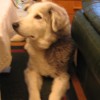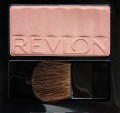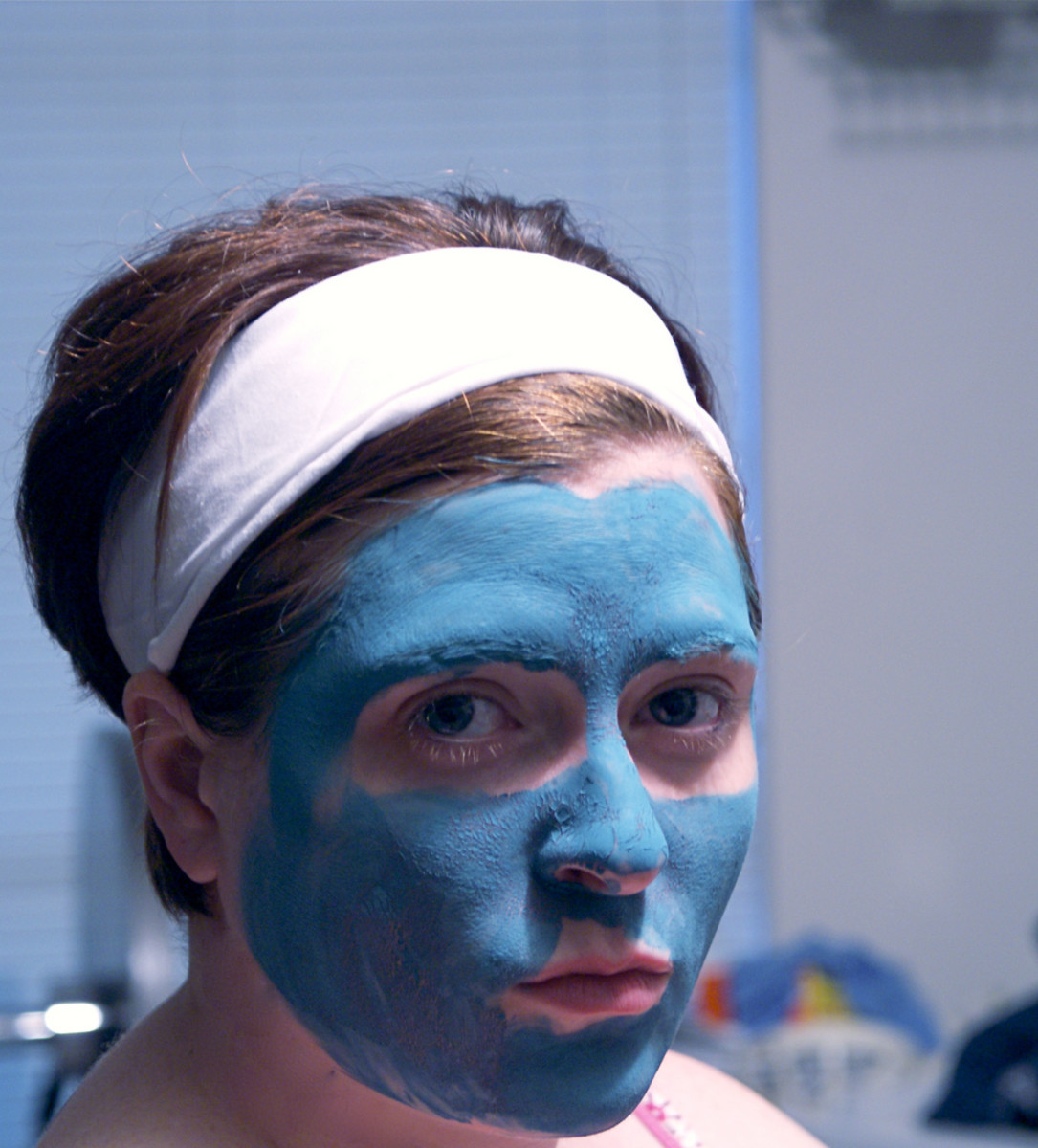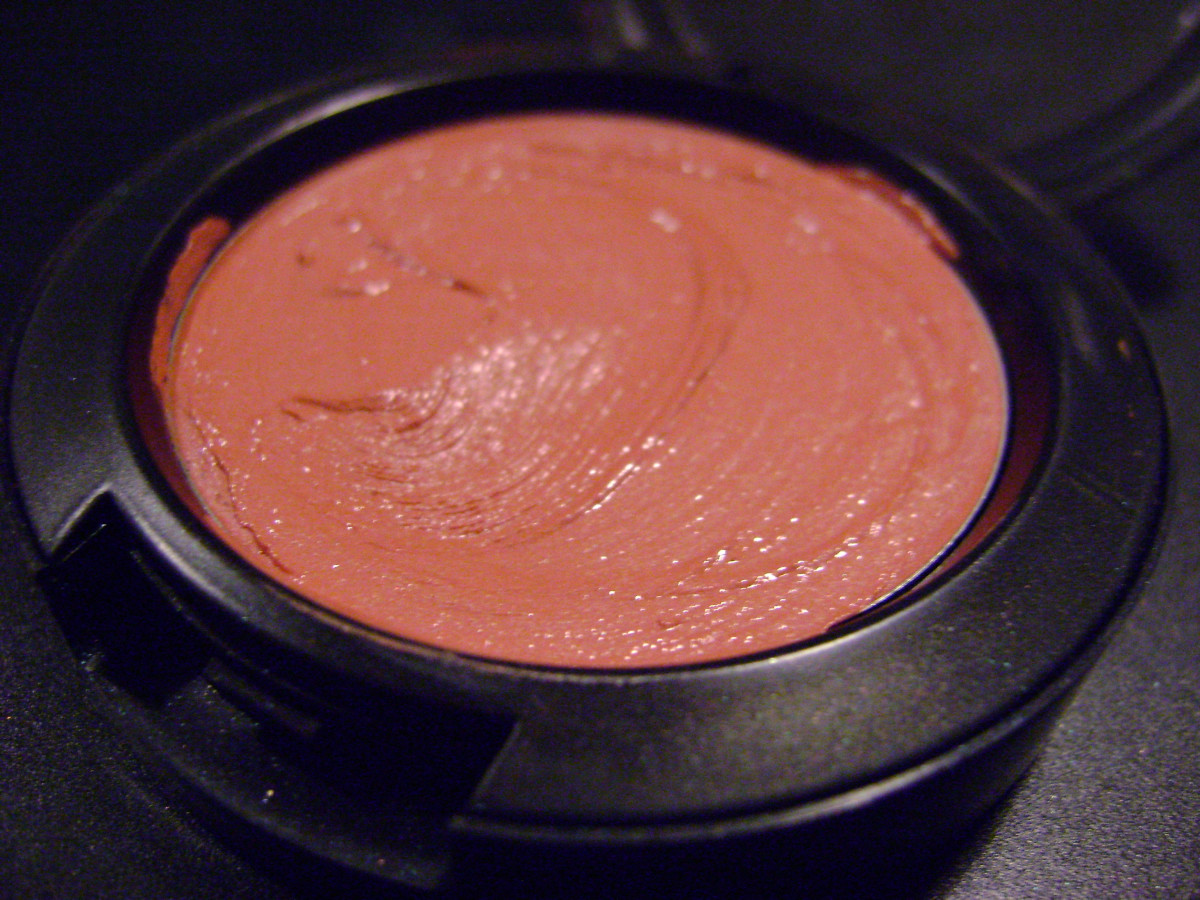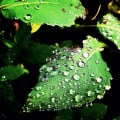Tips and Tricks on How to Apply Blush
Tips and Tricks on How to Apply Blush
One step that woman struggle with in makeup application is blush. Whether they choose a color that is completely wrong for them, or it’s simply applied all wrong, many women make some common missteps when it comes to blush. However, when it’s applied correctly, blush can be one of the most important parts of a woman’s overall look: after all, the term “blushing bride,” wasn’t coined for nothing, right?
Types of Blush
Before delving into how to apply blush, it’s important to be familiar with the different types of blush and bronzers available. Each type is unique and requires a different technique to apply. Keep in mind the type of blush or bronzer you are using before proceeding with application.
Powder Blushes: The most popular type of blush, powder blushes are the easiest to apply. They should be applied with a blush brush and are easy to control and blend. However, women with ultra dry skin should consider using a different type of blush.
Mineral Blushes: Mineral blushes are dense in color and more challenging to apply; however they are made from crushed minerals and can be very natural looking and gentle on the skin. With practice, mineral blush can become an ideal product for many women. Keep in mind that it should be applied with a large blush brush. Swirl the product evenly on the brush, and tap the handle of your brush on a hard surface before applying.
Cream Blushes: Cream blushes are great for dry skin, but not recommended for oily skin types. They can be more difficult to blend, but with correct application, they can look dewy and gorgeous on the skin. They are generally found in a pot and can be applied with fingers or a foundation brush. Because cream blushes are more dense in color it is harder to create a more natural look and definitely requires practice.
Gel Blush: While gel blushes were popular in the 80’s and 90’s because of their affordability and dense color pigment, they aren’t as common now. Gels can be drying on the skin, and difficult to apply as they dry quickly. If you’re looking for color density, I recommend the cream blush, which still has the pop of color but is more malleable and easier to blend into skin.
Bronzer: Bronzers can be a great way to accent your tan in the summer time. They often come with a hint of shimmer as well. Women often make the mistake of using too much bronzer; however, when used moderately, it can be an awesome way to create glowing skin. Unlike blushes, bronzers should be lightly applied on the neck and chest, as well as a light dusting on the forehead, nose, and jaw line.
Woman applying blush
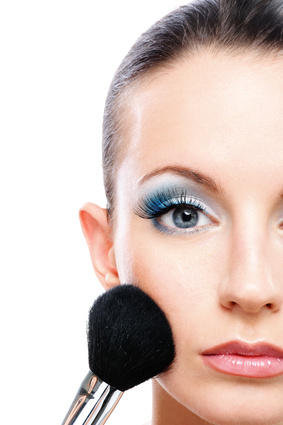
Choosing the Right Blush Color
Your skin tone is the most important thing to consider when choosing your blush color. Women with paler skin should consider coral colors or pale pinks, whereas women with medium tones can consider dusty pink or deep peachy colors. Dark skin tones should consider deeper colors that are rich in pigment including deep rose or cinnamon colors. A quick tip for getting an idea of the color that’s right for you is to pinch your cheeks. What are the natural warm tones that pop out on your skin? Those are the accent colors you want to use for you cheeks. Bronzer colors are generally available based on your skin tone: fair, medium, and dark. All skin tones look great with a highlight (a lighter shimmer) on the cheek bone. Keep in mind, the ultimate goal for blush is to make you look radiant and natural.
Beauty Expert - Cheekbones
Looking for More Great Make Up Tips?
Check out my hub to make your eyes awesome!
5 Quick Steps to Apply Blush
- Apply Primer and / or moisturizer on your face. It’s so important to apply makeup on a well moisturized face. Following, apply foundation and powder if desired.
- Apply blush to the apples of your cheeks. Wait! Do you know exactly where that is? Location is one of the most important parts of applying blush, so take a step back, and listen.
Smile in the mirror and look for the portion of your cheeks that swell. That’s where you want to apply the blush in light circular motions blending upward into the temple (above the corner of your eye where your hairline begins). Make sure you don’t have too much blush on your brush, you can always add more. Also, you want the pigment strongest on the largest part of your cheek, and a diffusion of color up into the temple (called blending). Blending is the most important part of a natural looking blush application.
- If you’re unsure whether your blush is properly blended, dust off your brush on your hand to make sure it is clean of product, and sweep it across each cheek several times to ensure proper blending.
- Touch the outer corner of your eye and trace downward an inch: meet your cheekbone! There it is, can you feel it? Now trace the downward slope of your cheekbone until you’re an inch away from your nose. That’s the area that we want to highlight. Now use a shimmer or highlighting powder and with either a fan brush or your finger tips draw a line on your cheekbone. Then use the brush or your fingers to gently blend the line downward into your cheek.
- Once again take your blush brush, and after making sure it is clean of product, brush over the entire cheek again to make sure it is properly blended.
You’ve just taken your look from dull to doll-faced! (In a good way of course!) It’s amazing how much blush can make a difference in your over all look. Once you’ve finished applying your blush you can proceed to your eye makeup and lipstick feeling confident that your skin looks great!
Although there are many blush blunders out there, the right blush can make all the difference in your overall look. Whether you’re running to the store or preparing for a glamorous night out, blush is a great way to make your skin look healthy and glowing. Now, armed with a little knowledge, blush is also easy to apply. So ditch the pale and go for a pop of color on those cheeks.
